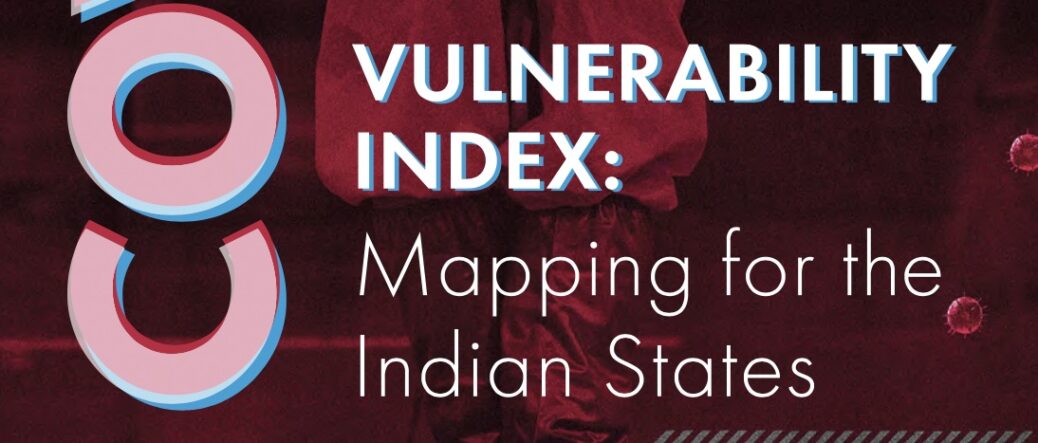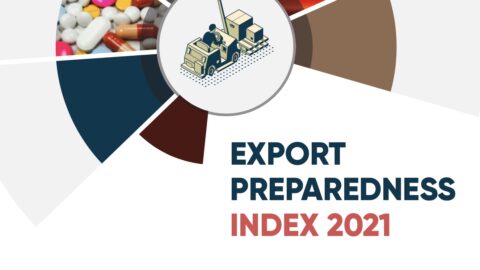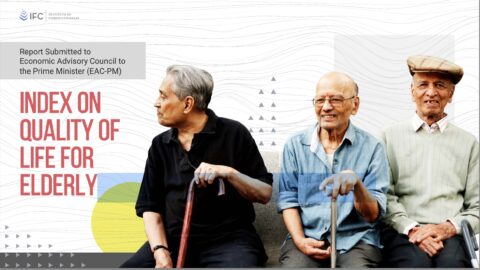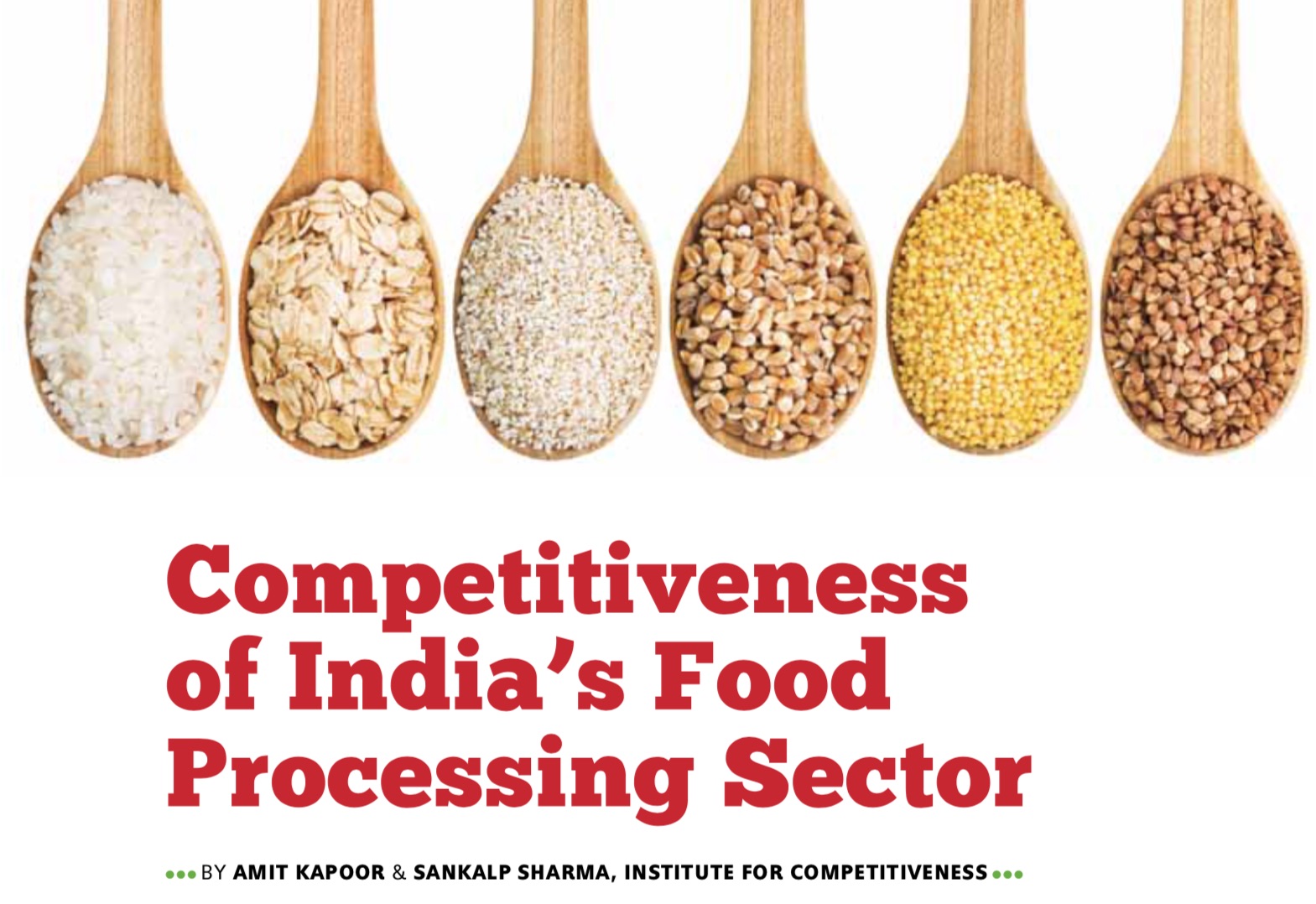The Institute for Competitiveness, released the Vulnerability Index: The Mapping for Indian States 2020.
Himachal Pradesh is the most vulnerable state, while Meghalaya is the least vulnerable in terms of COVID-19 infections. This is according to a new study conducted by the Institute for Competitiveness that partners with Social Progress Imperative. The study has designed a COVID-19 vulnerability index by mapping data points of Indian state-wise residents across the pillars of health infrastructure, population demographics and underlying health issues. According to this index, the vulnerable population has been defined as those that are most susceptible to COVID-19 – that is, the elderly (aged 60 and above) as well as those diagnosed with other comorbidities. Additionally, Vulnerable States/Union Territories are defined as those with relatively low health infrastructure, high population density, as well as a relatively higher elderly and chronically ill population – signifying relatively higher chances of COVID-19 infections and deaths.
The index has been largely formulated on the lines of U.S. Social Progress Imperative’s mapping America’s 500 largest cities to COVID-19 vulnerability. A report on the findings from the survey, COVID-19 Vulnerability Index: Mapping for the Indian States, has been released today.
Himachal Pradesh, Kerala, Telangana, Puducherry, Punjab, Andhra Pradesh, Tamil Nadu, Goa and Gujarat are the States and Union Territories that are most vulnerable to COVID-19
The COVID-19 vulnerability index shows that across all Indian states and union territories, Himachal Pradesh is the most vulnerable state, while Meghalaya is the least susceptible to COVID-19. Under further categorisation as per large and small states (in terms of population), Hill states and Union Territories – Andhra Pradesh, Tamil Nadu and Gujarat are the most vulnerable within the larger states. Amongst the smaller states, Kerala, Telangana, Punjab and Goa are the most vulnerable. Within the Hill states, Himachal Pradesh is the most vulnerable while amongst Union Territories, Puducherry is the most vulnerable.
Jharkhand is the most vulnerable state in terms of its health infrastructure capacity, whereas Arunachal Pradesh is the least vulnerable state
In terms of health infrastructure capacity, Jharkhand has relatively poor capacity although it is a lesser densely populated state. Only 13.3 percent of households with any usual member are covered by health scheme/insurance, 31.27 government beds exist per lakh population, 0.5 Community Health Centres (CHCs) are present per lakh population, and there is a 31.72 percent vacancy of doctors at the district hospitals with a population density of just 414 people per sq km.
Maharashtra is the second most vulnerable state in terms of health infrastructure – only 15 percent of households with any usual members have been covered by health scheme/insurance, 41.85 government beds exist per lakh population, 0.29 CHCs are present per lakh population, and there is a 32.27 percent vacancy of doctors at district hospitals with an overall state population density of 365 persons per sq km.
Kerala is the most vulnerable state in terms of population demographic, whereas the Union Territory of Dadra and Nagar Haveli is the least vulnerable.
Kerala has a high population density and elderly population, thereby increasing its COVID-19 vulnerability. This state has approximately 7.23 percent of people who fall in the 60-69 bracket, 3.6 percent who fall in the 70-79 bracket and 1.62 percent who fall in the 80+ bracket (as a percentage of the total population.
Telangana is the second-most vulnerable state in terms of population demographic. Although it is a relatively lesser densely populated state, it has a significant elderly population – it has the highest percentage of 70-79 population in the country (4.35 percent). With it being ranked 9th in terms of health infrastructure capacity, the state might face difficulties if the infection spreads to its elderly population.
Himachal Pradesh is the most vulnerable state, while Bihar is the least susceptible in terms of the underlying health issues vulnerability pillar
Within the elderly cohort, Himachal Pradesh has 5.68 percent of the population who are aged 60-69, 3 percent of the population who are aged 70 – 79 and 1.55 percent of people who are aged 80 and above. Additionally, it has the highest percentage of the population in the country who are diagnosed with hypertension (1.37 percent) and diabetes (1.08 percent). This has increased in COVID-19 vulnerability both in terms of the elderly and chronically ill population.
Upon the release of the report, Amit Kapoor, Chair of Institute for Competitiveness, said: “As India aims to restart economic activities, it has been understood that no Indian state is immune to the aftermath of the COVID-19 pandemic. This index has been designed to show the variations across Indian states and to highlight where the vulnerabilities are highest. This index shows that Indian states need to pay special attention to their elderly and comorbidity population and create supporting health infrastructure to ensure better protection.”
The team at the Institute for Competitiveness that was involved with the study, including Aniruddh Duttaa and Sampriti Mukherjee, Researchers, were of the opinion: “The Indian States’ COVID-19 vulnerability index highlights that state governments can no longer take a uniform approach to understanding the health implications of the pandemic. Our aim is that the findings of the research can be translated into a long-term monitoring system of the elderly and chronically ill population so that care can be given to them at the earliest and death rate can be limited.”
Main Points:
- The correlation of the state-wise COVID-19 vulnerability index scores and COVID-19 deaths (as a percentage of total cases) implies that there is a possibility of higher deaths in the more vulnerable states/UTs.
- The correlation of the state-wise COVID-19 vulnerability index scores and COVID-19 cured cases (as a percentage of total cases) indicates that there could be a greater chance of increased recovery cases in the least vulnerable states.
- The positive relation between state-wise COVID-19 vulnerability index scores and the total number of cases (as a percentage of the total population) suggests that more vulnerable states are susceptible to a higher number of confirmed cases.
- The states/union territories of Puducherry, Himachal Pradesh, Tamil Nadu and Andhra Pradesh feature in the top 10 list of both the population demographics and underlying health issues pillar, implying that these states would have to screen the residing ‘vulnerable’ category better and take definitive measures to protect them.
- Daman and Diu is the only region which is in the top 10 list of both health infrastructure and underlying health issues vulnerability, highlighting that the Union Territory might not have sufficient health infrastructure resources if the infections spread to its residents who have been diagnosed with comorbidities.
- Maharashtra and Telangana are the two states which feature in the top 10 list of both health infrastructure and population demographics pillars, indicating that while these states have a significant elderly population, it might not have sufficient health infrastructure resources for them in times of COVID-19.























